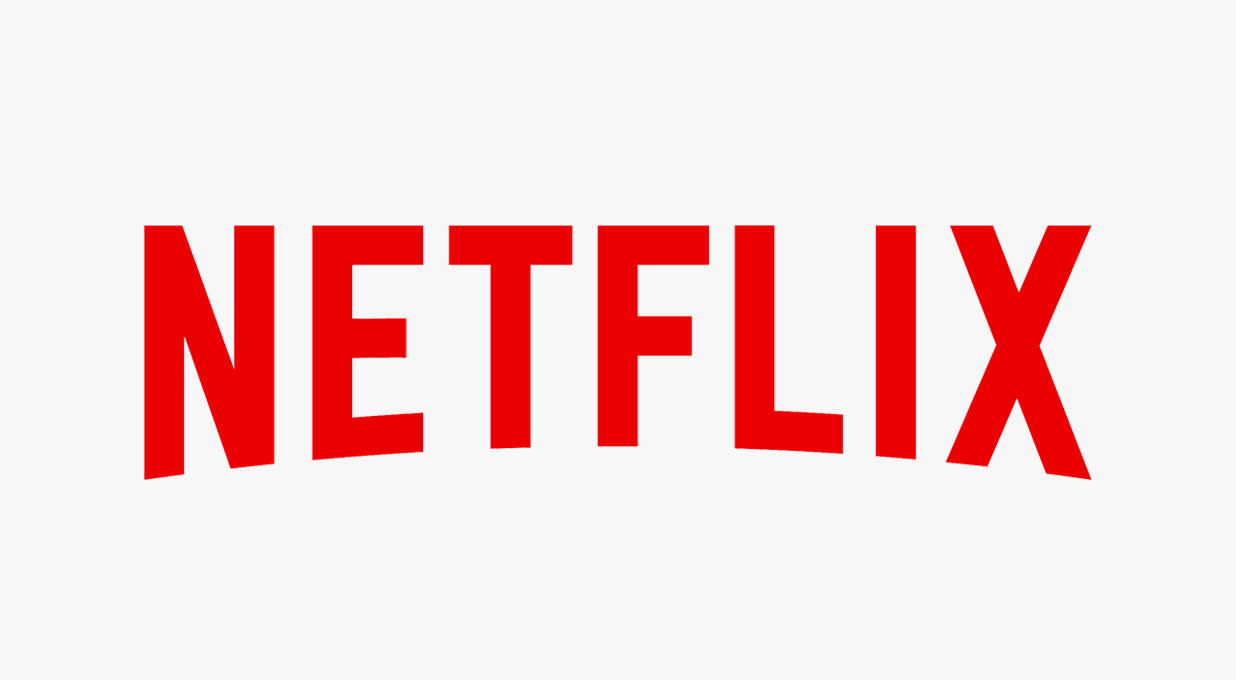Netflix reported a 17% rise in second-quarter revenue to $9.6bn, ahead of consensus of $9.5bn. Operating margin rose from 22% to 27%, helping operating income rise 42% to $2.6bn.
Performance was driven by the 8.05mn (16.5%) growth in subscribers over the quarter. Within that, subscribers to the ad-supported product grew 34%.
Free cash flow fell from $1.3bn to $1.2bn, and net debt stands at $7.3bn.
For the third quarter, revenue is expected to grow 14% year-over-year. Full-year revenue is now expected to grow 14-15% (from 13-15%), with an operating margin of 26% (from 25%).
The shares were broadly flat in after-hours trading.
Our view
Netflix is once again showing why it’s king of the streamers and subscriber growth has shot the lights out once more. This comes despite stiff competition from rivals but is a testament to the leading position Netflix holds in its market.
Netflix's ability to reduce churn (customers flip-flopping to rivals) is firmly rooted in its best-in-class original content. While it's expensive to make, it does keep eyeballs on screens in a bigger way. Add in a cash-generative business, and Netflix can increase content spending when peers are having to pull back.
The introduction of an ad-supported product is proving more popular than many could have hoped. It allows Netflix to penetrate new markets and taps into users who are priced out of the fully paid service. But filling all the new ad-space is a challenge. This is something we expect Netflix to resolve, it won’t want to leave ad revenue lying on the table.
Ad revenue isn’t expected to be the main source of growth this year, which might have come as a disappointment to some. But the ad-supported user base is expected to reach a scale in 2025 that will make it a go-to place for advertisers. And with a huge store of user data, Netflix should be able to deliver users the right ads at the right time.
The group also has a market-leading international production and distribution network. Doing localised content right isn't easy and Netflix has an enviable footprint here. This is important because longer-term subscriber growth will need to come from emerging markets.
Looking nearer-term, Netflix faces challenges of the economic variety in its core markets like the US and UK. As people dial down spending in the wake of inflation, the risk from fever-pitch competition has increased. While cheaper plan options will help mitigate this, Netflix can't take its foot off the gas.
The balance sheet, although carrying a fair whack of debt, isn't in bad health. That said, investors shouldn't be holding their breath for dividends any time soon. The priority now is investing in the business and content for growth.
Netflix is a market leader, and there are plenty of moving parts these days which could add up to longer-term growth. We don’t view the valuation as too demanding either. But there are competitive risks that will need to be monitored and we can’t rule out ups and downs.
Environmental, Social and governance (ESG) risk
The media industry’s ESG risk is relatively low. Product governance is the key risk driver, alongside business ethics, labour relations and data privacy & security.
According to Sustainalytics, Netflix’s management of material ESG issues is average.
Netflix has to comply with significant and often complex regulations and laws, across a very large number of different countries. The group has a global anti-corruption policy, but this is not publicly disclosed, making its effectiveness difficult to assess.
There are both internal and external audits on IP infringement risk, as well as its independent ethics hotline available for employees. Cybersecurity issues are addressed by the audit committee. But it’s unclear there is any managerial or board-level responsibility for privacy management.
Netflix key facts
All ratios are sourced from Refinitiv, based on previous day’s closing values. Please remember yields are variable and not a reliable indicator of future income. Keep in mind key figures shouldn’t be looked at on their own – it’s important to understand the big picture.
This article is not advice or a recommendation to buy, sell or hold any investment.No view is given on the present or future value or price of any investment, and investors should form their own view on any proposed investment.This article has not been prepared in accordance with legal requirements designed to promote the independence of investment research and is considered a marketing communication.Non - independent research is not subject to FCA rules prohibiting dealing ahead of research, however HL has put controls in place(including dealing restrictions, physical and information barriers) to manage potential conflicts of interest presented by such dealing.Please see our full non - independent research disclosure for more information.


